
Lisa Grossman is the astronomy writer for Science News. Previously she was a news editor at New Scientist, where she ran the physical sciences section of the magazine for three years. Before that, she spent three years at New Scientist as a reporter, covering space, physics and astronomy. She has a degree in astronomy from Cornell University and a graduate certificate in science writing from UC Santa Cruz. Lisa was a finalist for the AGU David Perlman Award for Excellence in Science Journalism, and received the Institute of Physics/Science and Technology Facilities Council physics writing award and the AAS Solar Physics Division Popular Writing Award. She interned at Science News in 2009-2010.

Trustworthy journalism comes at a price.
Scientists and journalists share a core belief in questioning, observing and verifying to reach the truth. Science News reports on crucial research and discovery across science disciplines. We need your financial support to make it happen – every contribution makes a difference.
All Stories by Lisa Grossman
-
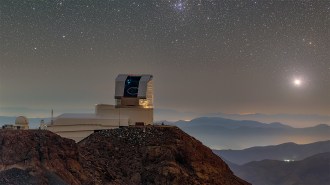 Space
SpaceThe Vera Rubin Observatory is ready to revolutionize astronomy
Sporting the world’s largest digital camera, the new telescope is poised to help solve some of the universe’s biggest mysteries.
-
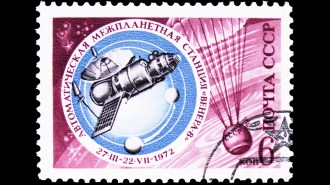 Space
SpaceA Soviet spacecraft has returned to Earth
Kosmos 482 launched for Venus in 1972 but never left Earth orbit. The spacecraft finally lost enough energy that it couldn't fight gravity anymore.
-
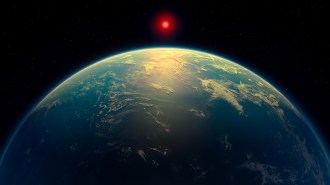 Astronomy
AstronomyA claimed hint of alien life whips up spirited debate
Astronomers have a lot of thoughts about the latest paper claiming we’ve found the strongest hints of alien life yet on the distant planet K2 18b.
-
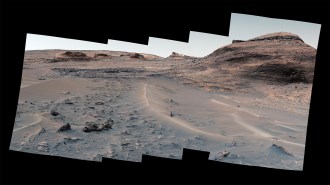 Space
SpaceA NASA rover finally found Mars’ missing carbon
The Curiosity rover identified hidden caches of the mineral siderite, which could help explain why Mars lost its habitable climate.
-
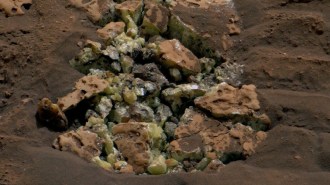 Planetary Science
Planetary ScienceCheck out some of the weird rocks that have turned up on Mars
Some of the unusual rocks carry stories about water on Mars. One has hints of long-gone microbes. All tell of a dynamic, complex planet.
-
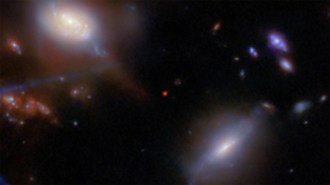 Space
SpaceJWST spots the earliest sign yet of a distant galaxy reshaping its cosmic environs
The galaxy, called JADES-GS-z13-1, marks the earliest sign yet spotted of the era of cosmic reionization at 330 million years after the Big Bang.
-
 Space
SpaceThe nearest single star to Earth has four small planets
Last year, astronomers announced that a planet orbits Barnard’s star. Now, researchers have confirmed the existence of three more.
-
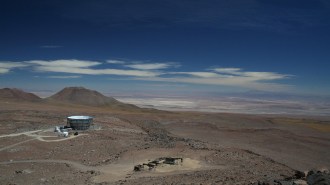 Cosmology
CosmologyNew baby pictures of the universe deepen a cosmic mystery
Cosmic microwave background data support cosmology’s standard model but retain a mystery about the universe’s expansion rate.
-
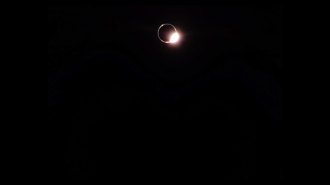 Space
SpaceThe Blue Ghost lander just witnessed a lunar eclipse — from the moon
The privately-owned lander turned its cameras toward Earth as our planet cast its shadow over the moon. It’s not the first spacecraft to do so.
-
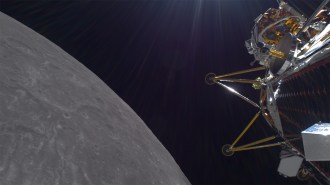 Space
SpaceTwo privately-owned spacecraft make contact from the moon
Firefly Aerospace landed a craft safely last week, a first for a private company. But Intuitive Machines’ mission ended when its lander wound up on its side in a crater.
-
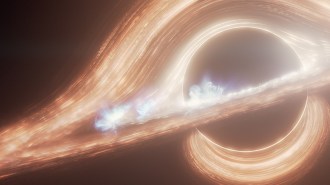 Astronomy
AstronomyThe Milky Way’s black hole is constantly bubbling
The disc of plasma surrounding the black hole at the heart of the Milky Way is constantly emitting flares both large and small.
-
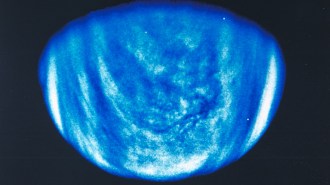 Planetary Science
Planetary ScienceA private mission to Venus aims to look for signs of life
If successful, Morning Star would be the first private mission to another planet and the first in over 30 years to directly measure Venus’s clouds.